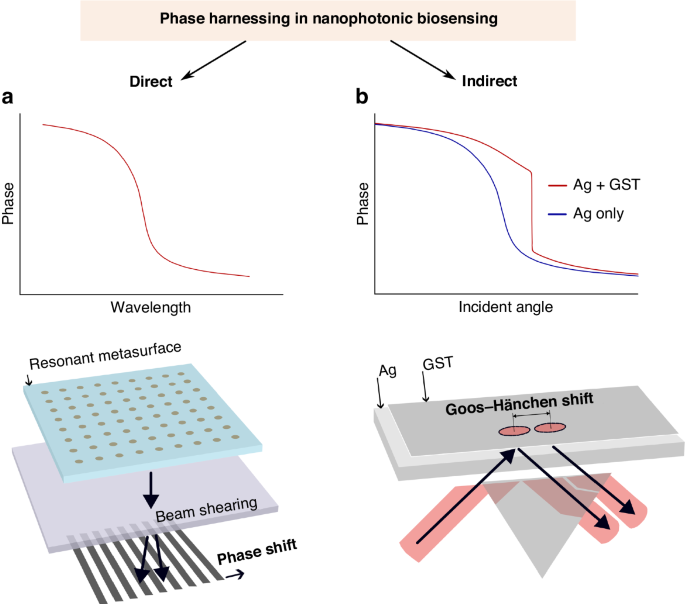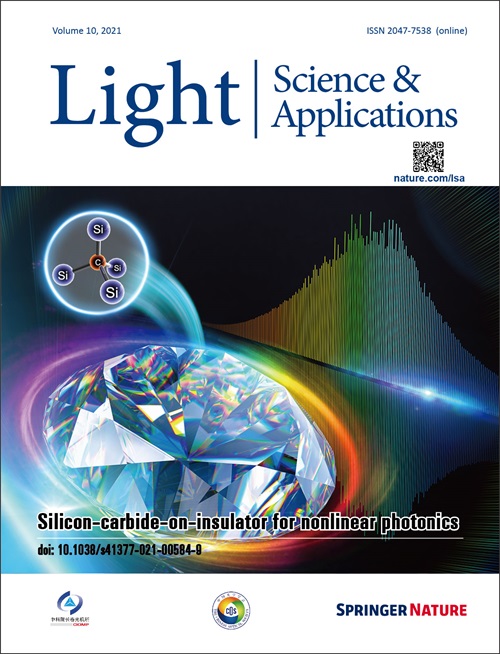纳米光子生物传感技术的阶段性进展。
IF 23.4
1区 物理与天体物理
Q1 Physics and Astronomy
引用次数: 0
摘要
为了利用相位现象不断提高纳米光子生物传感器的灵敏度,最近的一项研究进展是在银纳米薄膜上设计了一层原子级的 Ge2Sb2Te5 薄层,以产生与相位奇异性相关的大 Goos-Hänchen 漂移。由此产生的探测极限达到 ~7 × 10-7 RIU。本文章由计算机程序翻译,如有差异,请以英文原文为准。

Phase-driven progress in nanophotonic biosensing.
In the continuous pursuit of enhancing the sensitivity of nanophotonic biosensors by leveraging phase phenomena, a recent development involved the engineering of an atomically thin Ge2Sb2Te5 layer on a silver nanofilm to generate large Goos-Hänchen-shifts associated with phase singularities. The resulting detection limit reached ~7 × 10-7 RIU.
求助全文
通过发布文献求助,成功后即可免费获取论文全文。
去求助
来源期刊

Light, science & applications
OPTICS-
CiteScore
27.00
自引率
2.60%
发文量
331
审稿时长
20 weeks
期刊介绍:
Light: Science & Applications is an open-access, fully peer-reviewed publication.It publishes high-quality optics and photonics research globally, covering fundamental research and important issues in engineering and applied sciences related to optics and photonics.
 求助内容:
求助内容: 应助结果提醒方式:
应助结果提醒方式:


